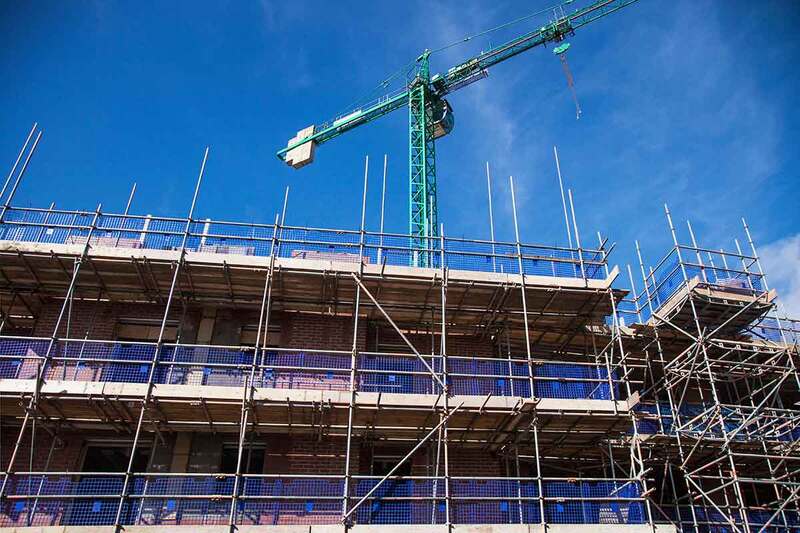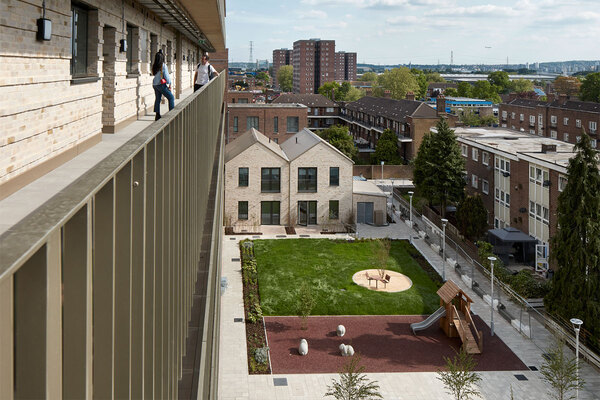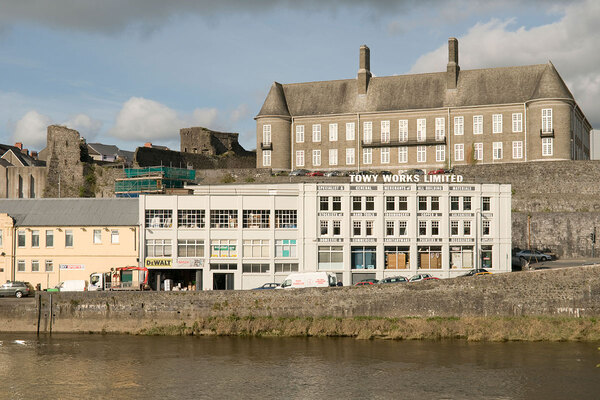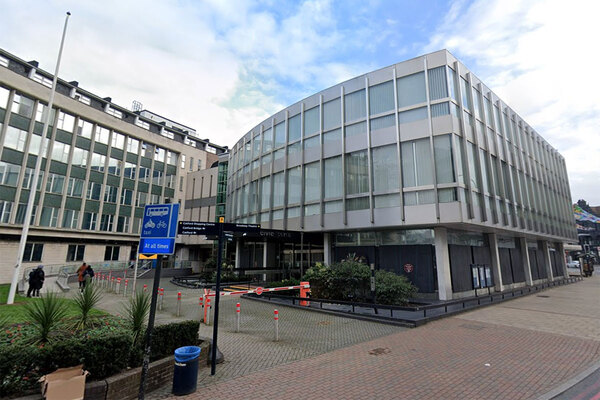With NPPF revisions and potential land releases, is it time to rethink the green belt?
The revised National Planning Policy Framework reimagines the green belt, balancing green space protection with strategic land release. David Churchill, a partner at Carter Jonas, explains how this shift could be pivotal in solving the housing crisis
The government has set a target of delivering 1.5 million homes over the next five years to increase the total housing stock by 6%. While the recently published National Planning Policy Framework (NPPF) adjusted the standard method, it doesn’t change the target to build 370,000 homes per year.
Prime minister Sir Keir Starmer himself has admitted that the target is an “almighty challenge”.
Assuming an average plot size of 0.033 hectares, over 50,000 hectares of land is required to be allocated for housing over the next five years. The green belt will be central to resolving the housing crisis and the revised NPPF has provided some greater clarity, including a definition of grey belt land.
In the Rethinking the green belt report, Carter Jonas provided some context and examples, considering what land might be used and how it will be released.
Analysis of the composition of green belt and non-green belt land addresses the issue that although commonly seen as a means of preserving ‘green’ land, the green belt was not created with the primary purpose of protecting the natural environment. That role is fulfilled by environmental designations including national parks, national landscapes (previously areas of outstanding natural beauty), sites of special scientific interest and ramsar sites.
Only 21% of all green belt land is covered by an environmental designation.
Just as environmental protection is not an objective of the green belt, neither is recreational use. Land used for outdoor recreation accounts for 5.5% of green belt land, ranging from 21.9% of London’s green belt to just 3.3% in the North East.
“The green belt, which largely mirrors land use elsewhere, is a planning policy tool. It is not a landscape or ecological designation as some might imagine”
In reality, the green belt differs very little from non-green belt land. Of the 1.6 million hectares of green belt, agricultural land makes up the greatest proportion at 65%, compared with 62.8% non-green belt land.
Forest, open land and water are just 18.9% (less than the 20.3% of non-green belt). And 6.8% of green belt land has been developed (predominantly for transport and hardstanding, such as carparks and paved or tarmacked areas) compared with 9% of non-green belt land.
This highlights that the green belt, which largely mirrors land use elsewhere, is a planning policy tool. It is not a landscape or ecological designation as some might imagine.
Removing the constraints of the green belt can actually bring about more sustainable development. For example, there’s the issue of ‘leapfrogging’ – development taking place in the vicinity of urban areas but beyond green belt land, which has had the impact of increasing individual carbon footprints. Positioning these communities within the green belt would potentially benefit residents with a better quality of life. It also benefits businesses by allowing them to access and hire labour and decreases average commuting distances.
The rhetoric surrounding the green belt can be powerful and politically charged. Take, for example, the common claim that building on the green belt amounts to “concreting over the countryside”. While some green belt land contain larger proportions of environmentally protected or publicly accessible land, there is also a significant amount of land with little environmental or amenity value – this now falls into the grey belt category.
Helpfully, this distinction raises the question of whether it is necessary to protect so much land and provides a policy framework that allows for greater flexibility in land allocation. This would be to maintain the green belt for green purposes by identifying and preserving amenities and biodiversity-rich land, while permitting some development on land with lower environmental importance (the grey belt).
“There is a significant amount of land with little environmental or amenity value – this now falls into the grey belt category”
At a time of acute housing shortage and a need for high-quality commercial space, it is vital that we take measures to unlock development opportunities. Many urban centres have very little developable land, which is a major constraint on affordability and growth. Green belt land offers the opportunity for valuable edge-of-town development within close proximity to transport connections and amenities.
The use of green belt land (both on the edge of cities and along major transport arteries) forms part of the solution. Other potential approaches include densification and the development of entirely new towns.
From both an innate sense of what is necessary and some very comprehensive research, Carter Jonas is supportive of the proposed change in green belt policy as outlined in the revised NPPF. This is not advocating that all new homes be located on the green belt, but a belief that there are strategic benefits in releasing some green belt land for housing where land pressures require it and where it would represent the most sustainable development option.
We look forward to the raft of opportunities that will follow the implementation of the revised NPPF. Most crucially, however, we believe that these changes to national planning policy will deliver more housing where it is most needed at a time of acute housing crisis.
David Churchill, partner, Carter Jonas
Sign up for our development and finance newsletter
Already have an account? Click here to manage your newsletters













